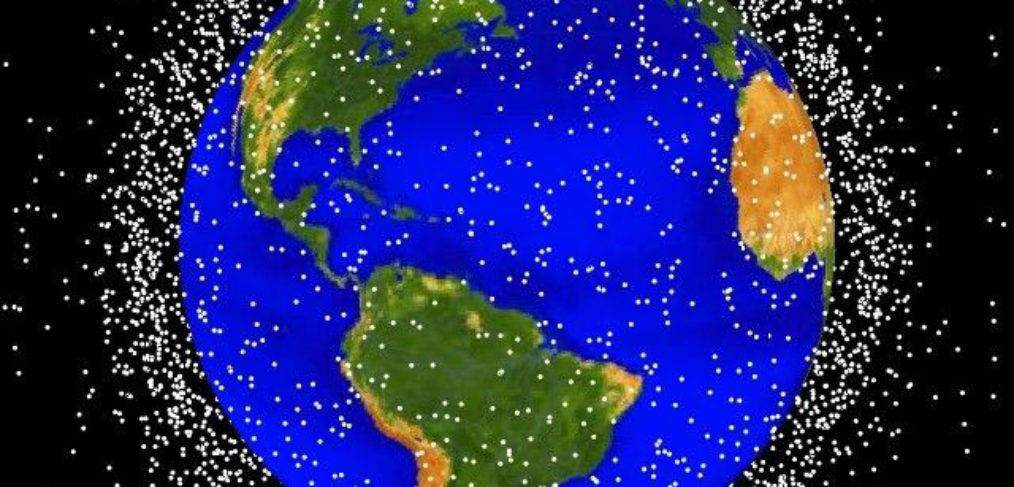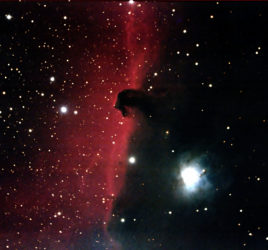
Artificial Satellites
There are more than 500,000 trackable objects in Earth orbit.
Since 1957, when mankind developed the ability to loft artificial satellites, we have been launching thousands of useful satellites along with their associated spent rocket stages. Most of the low altitude artificial satellites below 400 miles and their spent rocket stages reenter the atmosphere and burn up in a few decades. The high altitude Artificial Satellites will be in orbit for thousands of years. The highest altitude satellites will be there forever. Natural Satellites are not man made, but are meteors, small asteroids, the Moon and naturally occurring interplanetary dust.
We have recognized that we have a problem of orbital congestion.
Collisions between satellites have happened and clouds of debris have resulted. The International Space Station has had to take evasive maneuvers to avoid space junk. The relative speeds of objects in orbit are very high and the energies involved in a collision is huge. Even a paint chip can cause damage to spacecraft. The Space Shuttle suffered from damage from tiny paint chip collisions and has had to maneuver out of the way of larger objects.
Artificial Satellites travel faster than any bullet.
Bullets travel at anywhere from 800-feet per second to 3,000-feet per second. Objects in orbit travel at a minimum of 5-miles per second (26,400-feet per second) to 8-miles per second (42,240-feet per second). Any slower than 5-miles per second and a satellite will fall back to Earth and burn up. Any faster than 8-miles per second and the satellite will leave Earth orbit and orbit the Sun instead. Faster speeds will reach farther out in the Solar System, 9.8-miles per second to reach Mars, 13.5-miles per second to reach Jupiter, 14.43-miles per second to reach Saturn.
We are developing systems to remove some of the clutter.
One proposed system is a laser cannon to vaporize small objects in orbit. Larger objects could be targeted with the laser to produce plasma jets that act to de-orbit the object. Another is a robotic spacecraft that will dock to a large satellite or spent rocket stage and fire its own rocket engine to de-orbit it in a controlled manner and crash in a planned ocean graveyard site. Other proposals imagine trash removal via capture nets or other capture schemes. None of these schemes have been fully developed and deployed, but are in planning stages. This problem must be addressed for safety, future space travel and Artificial Satellite future utility.



